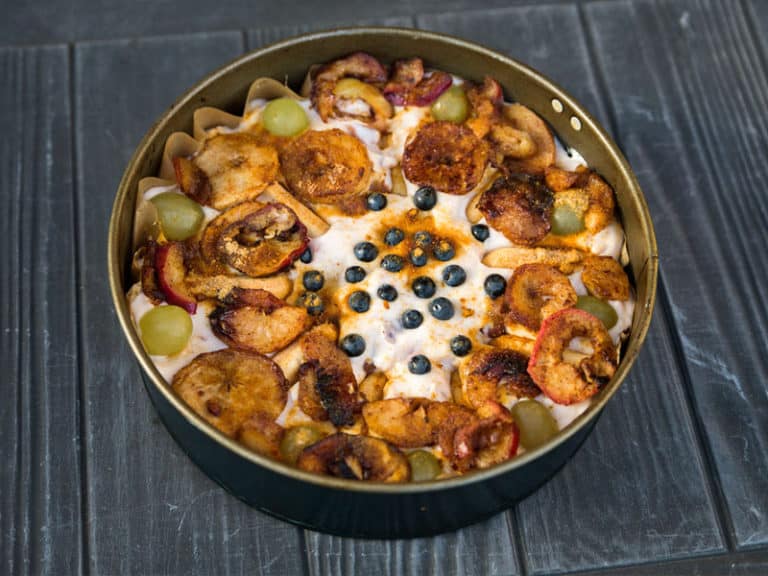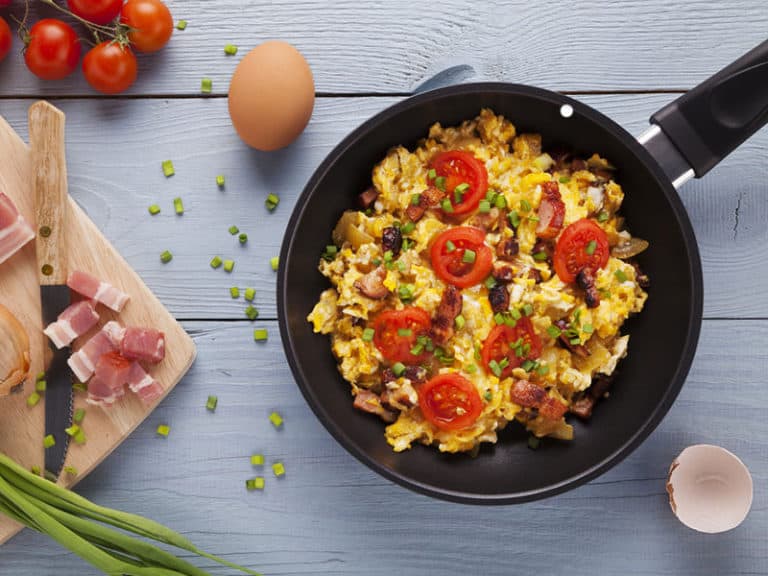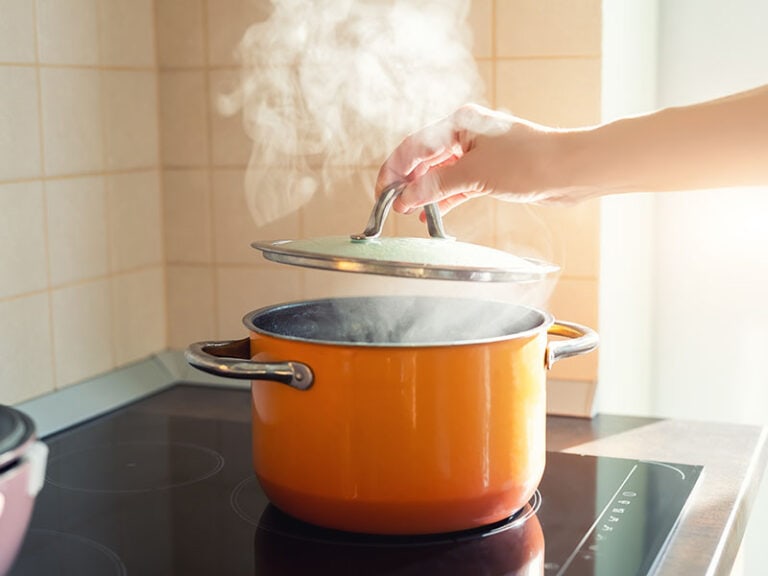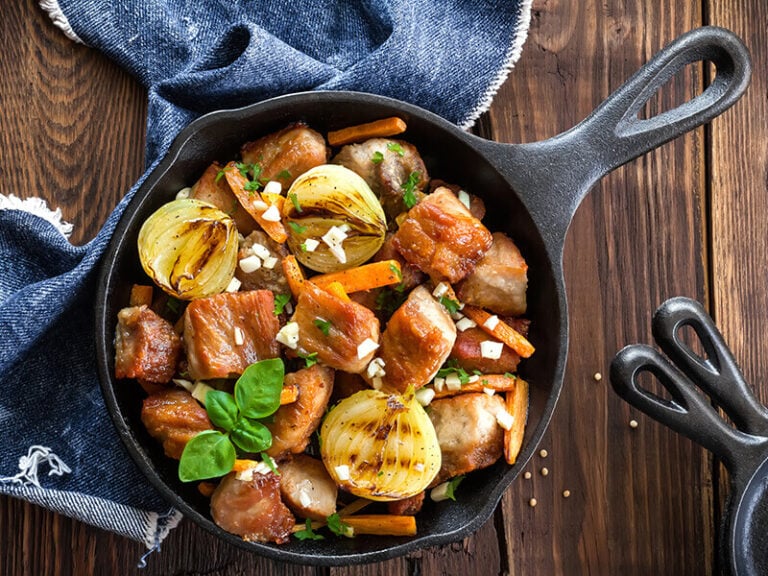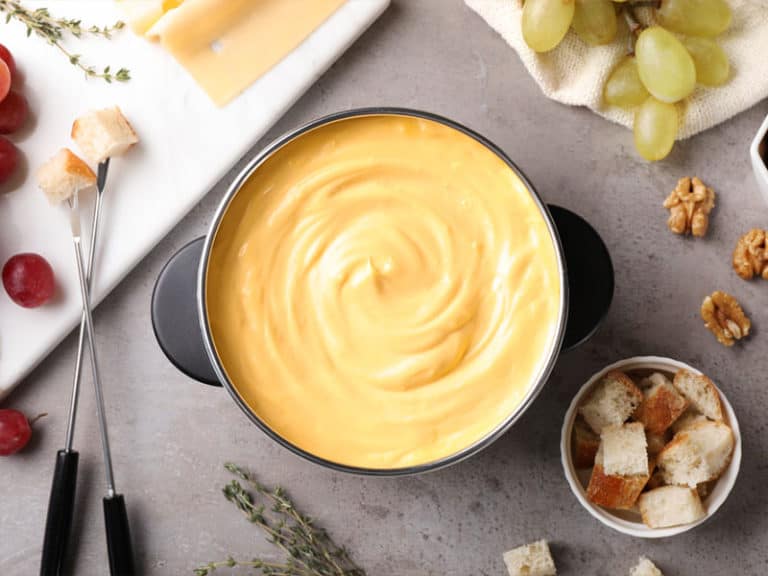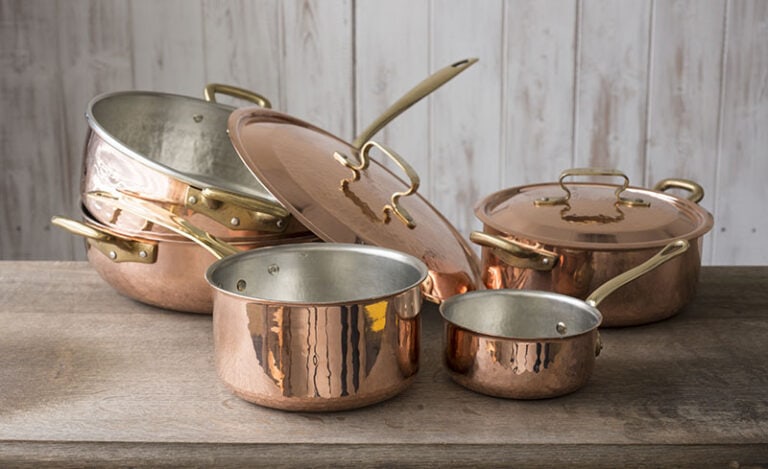The choice between a saucepan vs. pot is definitely one of the most discussed topics these days. At first glance, they seem similar in appearance and can be used interchangeably in some cases. This explains why many people have a hard time deciding which one to get home.
And if you are a beginner home cook, this confusion is bound to happen. So, how about making your shopping process much easier and less time-consuming? Well, this article is what I’m talking about. Let’s give it a go; you will never be confused again!
What Is A Saucepan?
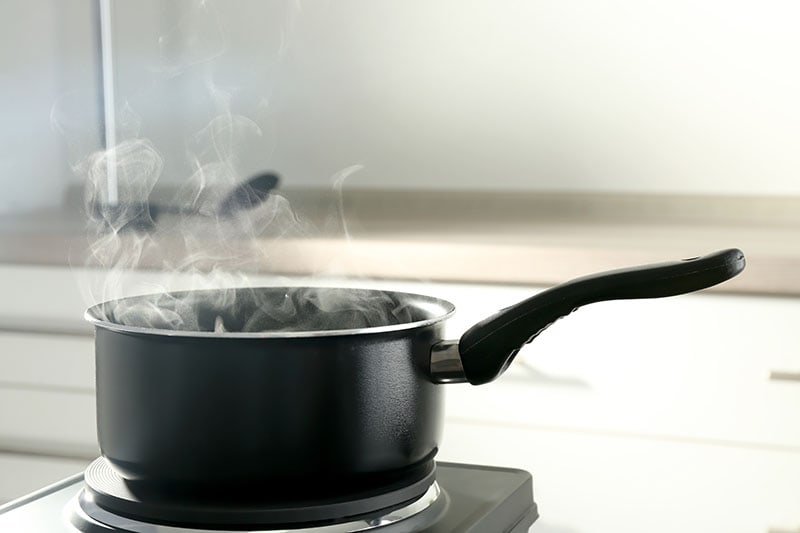
A saucepan is a cooking item with a long handle like a pan. It is commonly equipped with a stainless steel or glass lid to retain the heat. This piece of cookware has steep sides, straight edges, and a flat bottom.
Thanks to these properties, a saucepan is a versatile item in the kitchen and can be used for many purposes, particularly in handling liquids. However, the most common functions are boiling water and cooking sauces or stews.
Based on their materials, saucepans can be divided into numerous varieties, like copper, aluminum, carbon steel, stainless steel, and cast iron. Each kind comes with different characteristics. For example, stainless steel is rarely scratched, while cast iron is long-lasting.
Find out other hacks with a saucepan that can help your life much easier.
What Is A Pot?
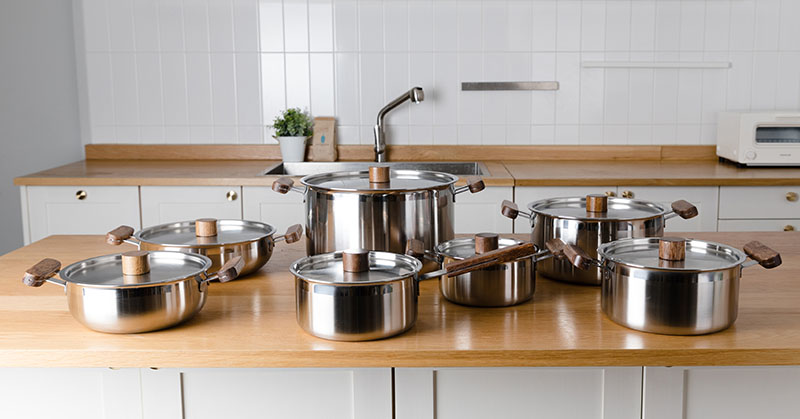
A pot is a flat, round cooking item that has two loop handles and high walls. It functions in various cooking styles, like a saucepan, especially slow cooking. However, a pot is widely known for cooking large quantities of liquids and ingredients due to its height, width, and depth.
In terms of materials, pots are often made from copper, aluminum, stainless steel, cast iron, ceramic, or glass. Depending on cooking purposes, pots are categorized into various types with different shapes and sizes. Below are the 4 main varieties:
- A saucepot has a wide base, high sides, and two loop handles. This enables it to hold greater amounts of food while also slowing down evaporation rates. Therefore, it’s ideal for reduction (thickening liquid and enhancing its flavor) and slow cooking.
To take advantage of a saucepot, you should use it for preparing dishes like tomato sauces and stews. These foods will have the best conditions to develop their tastes and texture.
- A stockpot looks like a saucepot but has a larger base and taller sides. This cookware is versatile in many cooking styles. However, it works best for cooking sauces, stews, broths, stocks, or other dishes requiring large amounts of liquids and ingredients.
- A Dutch oven is usually made from cast iron, which allows it to maintain the heat stably (1). This profile makes it an ideal choice for high-heat cooking. In addition, a Dutch oven is also used for preparing sauces, soups, and stews.
- A double boiler has two pots fitting each other exactly as the name suggests. Water in the bottom pot is boiled to produce indirect heat for the upper one. As a result, this cookware is often used for cooking dishes requiring steam heat.
Check out 5 simple but delicious vegetarian dishes you can cook with a pot.
Differences Between A Saucepan And Pot
Although both kinds of cookware can often be used interchangeably for cooking certain dishes, they do have some distinctive differences. Let’s take a look! For a summary, look at the table below.
Appearance
A saucepan has a narrower base and shorter sides compared to a pot. These profiles make it more suitable for handling small volumes of liquids and food. The long handle of this cookware also enables it to be easy and convenient to carry around.
On the other hand, a pot often has a larger base and higher sides. For this reason, it can cook liquids and food in large quantities. Additionally, its two loop handles (excluding a Dutch oven) are designed to help you hold high volumes firmly and stable.
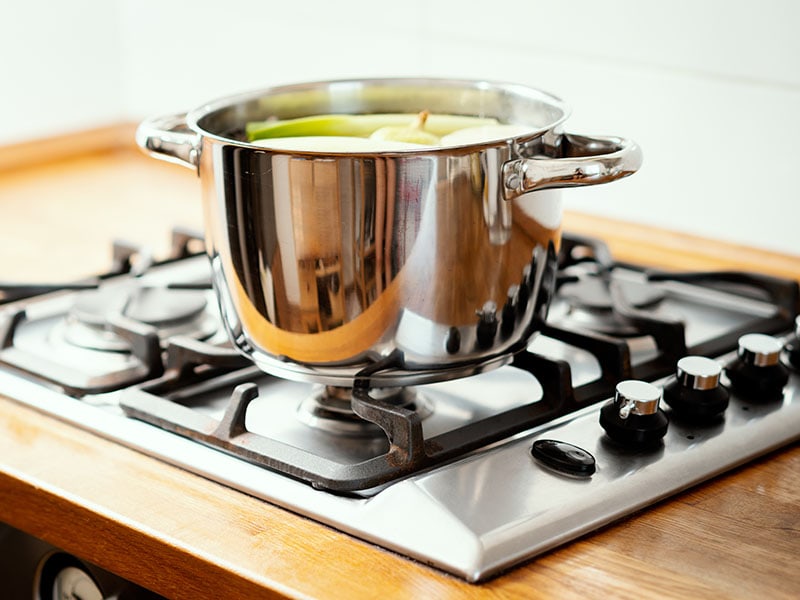
Capacity
The size of a saucepan often ranges from 1-4 quarts. If you want to make a can of soup or a dish of noodles, a 1-quart saucepan is what you need. Meanwhile, a 4-quart saucepan is ideal for reheating your stews and making a one-pot meal for two members.
Meanwhile, the size of a pot greatly varies. The figure for a stock pot may be up to 8-20 quarts. But the most favorite stock pot size is 12 quarts, which is ideal for several pounds of noodles.
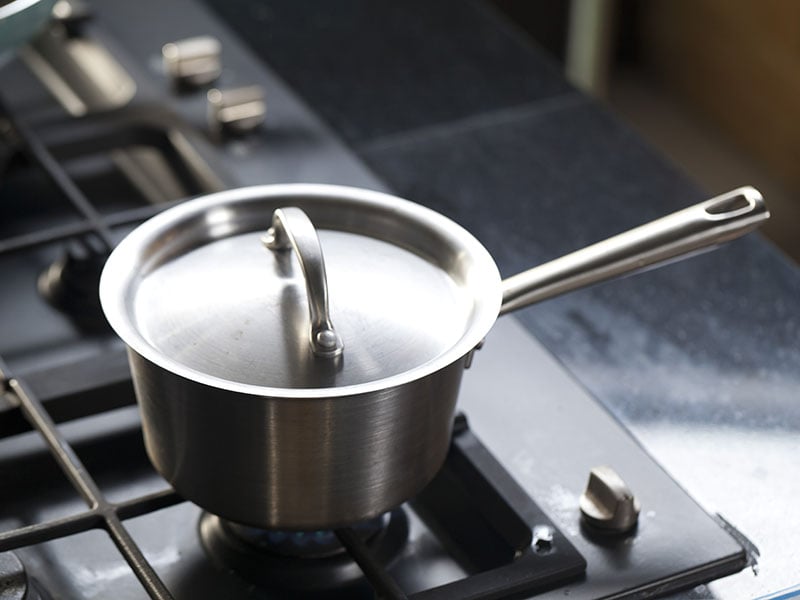
Uses
As the name suggests, a saucepan is perfect for preparing sauces and stews, especially small volumes. Due to its narrow base, this cookware can produce heat for food from all sides, which in turn thickens sauces quickly and enhances their flavor.
Because a saucepan often comes with a small capacity, it can heat up liquids much faster. As a result, it’s a common choice for cooking pasta and mashed potatoes, blanching vegetables (cooking quickly in hot liquid, then cooling in iced water or ice), and reheating sauces.
Although a saucepan’s ability to heat up rapidly is a time saver for many dishes, it also easily causes your food to burn and stick to the cookware. Therefore, remember to pay attention to your food during cooking.
Meanwhile, a pot is well-known for causing slow evaporation due to its high sides. For this reason, it’s often used for slow cooking and braising. Because of its large capacity, a pot is also a great choice for bulk cooking, such as stocks.
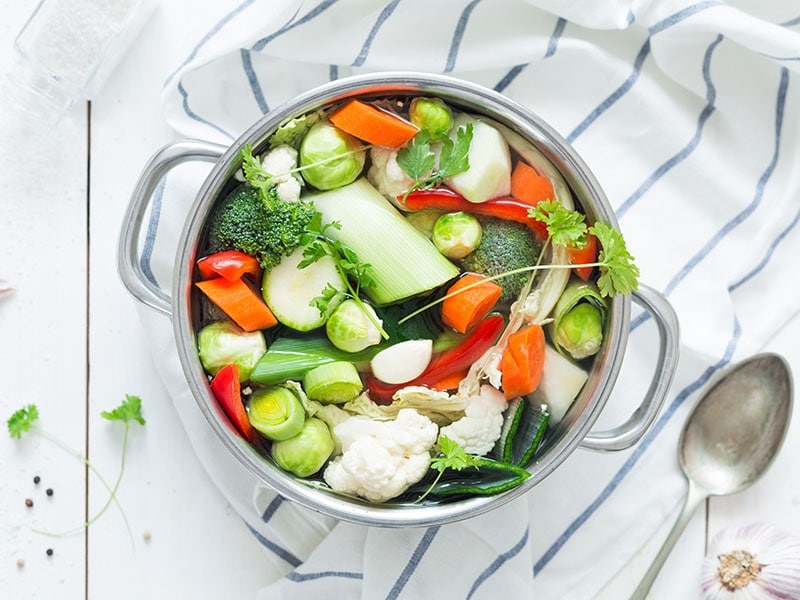
Price
The price is also an aspect you need to consider between a saucepan and a pot. Due to its smaller size, a saucepan costs fewer materials for production, which in turn makes it more affordable than a pot.
However, there are still other factors that can impact the price more or less, such as brands, materials, and sets. For example, a top brand’s copper saucepan is likely to be more expensive than a medium brand’s cast iron pot.
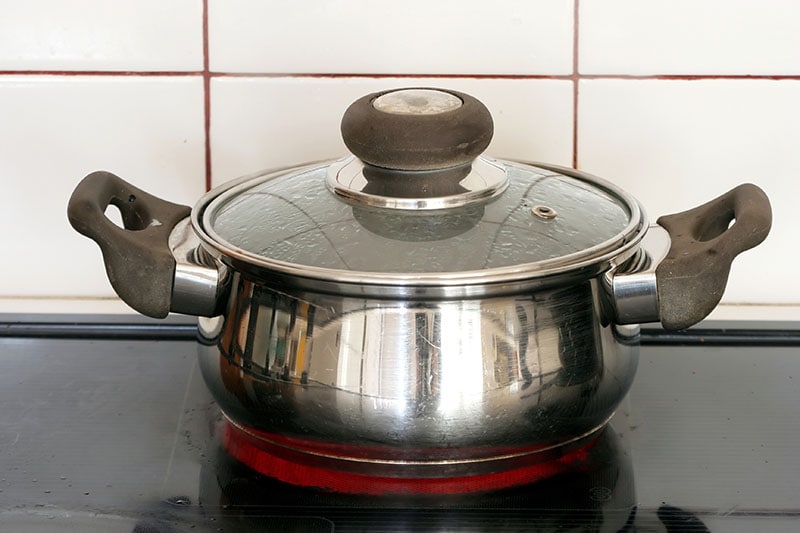
Which Should You Choose: A Saucepan or A Pot?
A saucepan and a pot can be used in various cooking applications. Each comes with its own strengths and weaknesses. Therefore, it’s difficult to tell which cookware functions better. Considering your cooking purposes is the best way to determine the right item for you.
If you want to heat up liquids and thicken sauces or stews quickly, you should go with a saucepan. And assuming that you often prepare your dishes on a small scale, this cookware is just perfect. Yet, keep in mind to stir your food constantly to avoid it being burned or stuck.
However, if you need to cook in bulk, a pot can save you tons of time. Thanks to its wide and large structure, you can pour large quantities of liquids and ingredients into your cookware at the same time. For slow-cooked and braised recipes, you should prioritize a pot.
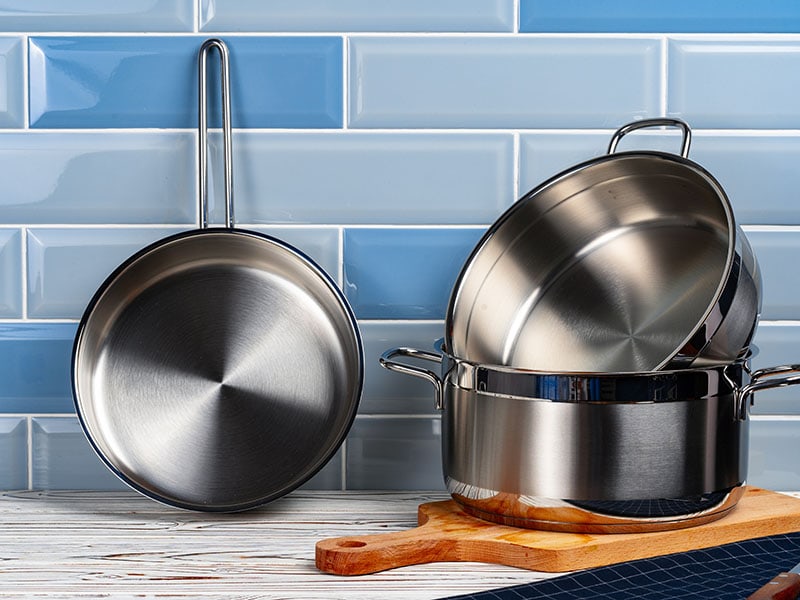
Can You Use A Saucepan As A Pot And Vice Versa?
Due to a saucepan’s structure, it can replace the role of a pot in various dishes, such as soups, pasta, rice, etc. This means you can use a saucepan for cooking almost every food that you do with a pot. The only limitation of a saucepan, in this case, is its smaller capacity.
Meanwhile, a pot doesn’t heat up liquids rapidly like a saucepan. This means you can’t use a pot for several common functions of a saucepan. For example, boiling water or cooking small quantities of food with a pot will cost you some additional time.
A pot also comes with high sides and a wide base. These features may cause your sauces to be thickened inappropriately, impacting their flavors and texture.
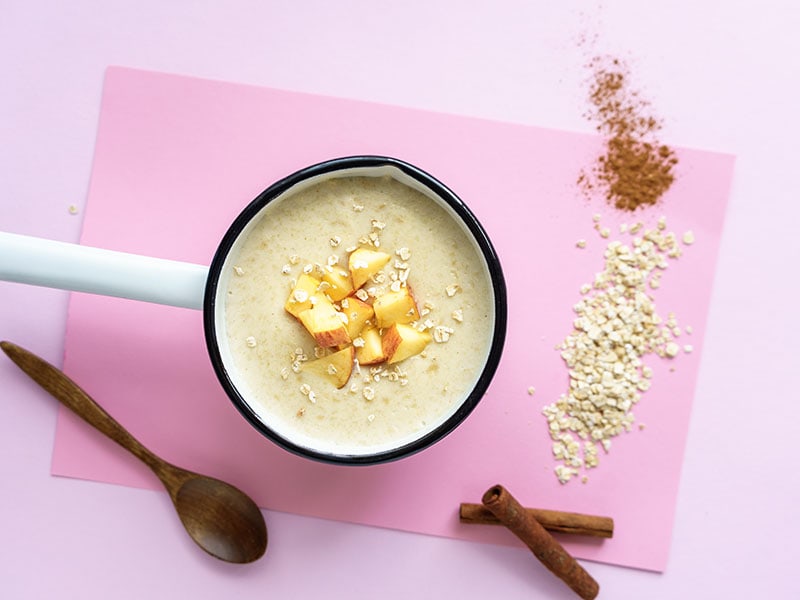
Tips To Always Buy A Quality Saucepan Or Pot
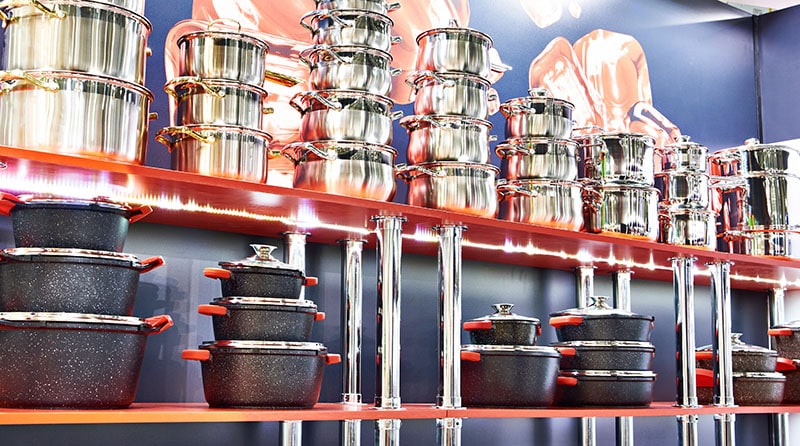
After deciding which cookware works best for your case, you should also consider the following tips to pick out a good saucepan or pot:
- Prioritize offline shopping over online shopping. Saucepans and pots vary in shape, weight, and texture. For this reason, interacting with cookware at the supermarket or retailer can provide you with essential information and better judgment to decide better.
For example, holding a real saucepan or pot helps you feel its weight and shape. As a result, it’s easier and more accurate for you to consider the conveniences and drawbacks of your item when cooking in a real context.
- Consider buying saucepans or pots with glass lids. While the materials of lids are often the same as their cookware, others also come with glass lids. This kind of lid lets you observe your food clearly while cooking without lifting it off.
However, glass lids are often heavier and more breakable than their metal counterparts. Therefore, you should keep in mind to use them carefully.
- Check the reliability of other parts. Aside from texture and thickness, you should also examine if the joints between the kitchenware and its handles are firm and sturdy. Your cookware should fit tightly with its lids as well.
- Choose healthy cookware materials: For non-toxic materials, you can go with stainless steel, carbon steel, ceramic, glass, etc. These options often don’t release toxic chemicals into your food and are safe for your health. (2)
- Understand the materials of saucepans or pots. Each material gives your cookware various properties. For example, nonstick cookware is easy to clean but also easy to scratch. A cast iron item retains heat evenly but heats up slowly and is heavy to carry.
Learn more about the advantages and disadvantages of some common cookware materials.
Storage Tips For A Saucepan Or A Pot
No one wants their favorite saucepans or pots to start scratching or warping quickly after a couple of years of use. Therefore, this section will provide some tips to store your cookware properly.
- Always read care instructions first: Manufacturers are the ones who understand their cookware the most. For this reason, reading and following their instructions are vital to keeping your saucepans or pots last for years.
- Use proper kitchen tools for each material: For nonstick saucepans or pots, you should use wooden or silicone tools instead metal ones to avoid damaging their surface. Cast iron cookware, by contrast, is totally safe to handle with metal tools.
- Hang your cookware separately: Some people often stack up their saucepans and pots to save space. However, this may lead to scratches and chips on your cookware. You should hang your saucepans and pots on separate hooks to avoid this scenario.
- Leave your cookware to cool down before washing: Washing your saucepan or pot with cold water while it’s still hot will cause a thermal shock. As a result, it can lead to changes in the texture of your cookware and several damages, like cracks or breaks.
- Don’t heat up your empty cookware at high heat: Before heating up your nonstick saucepan or pot, you should always pour some oil, butter, or water into it (3). Otherwise, your cookware may release toxins, while its coating and shelf life can also suffer.
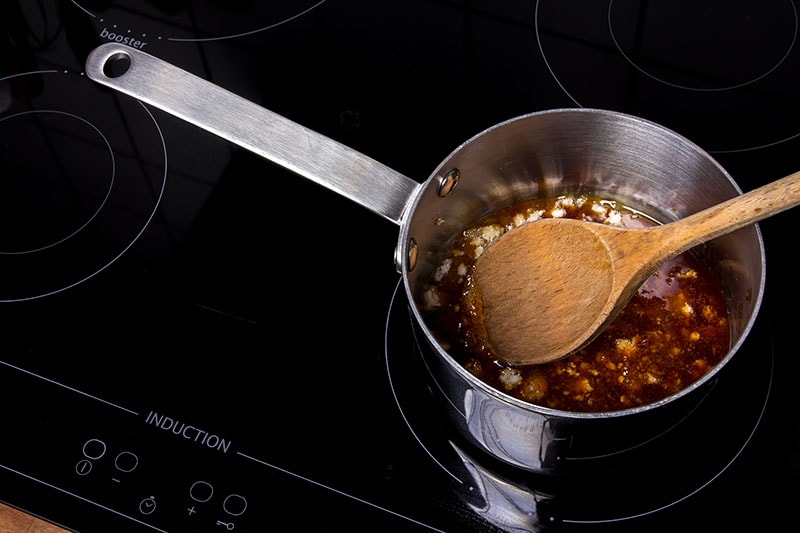
FAQs
There are still some other questions that can help you understand more about these two cooking items. Let’s give them a read!
Which One Are Your Recipes Calling For? Either Or Both?
Now, you have been equipped with all the essential knowledge about saucepans and pots. I bet you already know how to choose good cookware and store it properly. Perhaps, you already have an ideal choice in your head right now.
So, why don’t you share your decision with me? It’s always exciting to know your thoughts. And finally, share this article with other people if you love it. It’s my biggest motivation to come back with more helpful and practical information next time.
References
- Snyder, C. (2022) Cast iron cooking: Tips, benefits, maintenance, and more, Healthline. Healthline Media.
- What’s the best nontoxic cookware? (no date) Green America.
- Safety of Teflon™ nonstick coatings (no date) Teflon.

